More than a leisure activity, biphasic sleep can be a resource to maximize the students’ focus during class.
Photo: Bigstock.
A research conducted by scientists at the University of Pennsylvania found a direct correlation between better behavior and academic performance in students when they had time to nap during school time.
The study enlisted the participation of 3000 students from 10 to 12 years and fourth to sixth grade. By this age, the luxury of naps during daytime is long gone, and maybe this is is the period when they need it the most.
Puberty and adolescence are stages that mark the beginning of significant physical, physiological, hormonal, psychological, and emotional changes. These changes affect the student’s daily life and their school life as well.
Medical specialists recommend from 8 to 10 hours of sleep for young people and adolescents, but even with a quality sleep during that time, students can experience drowsiness during the day and struggle to focus. Maybe it is not about how much they sleep, but when they sleep.
Are we sleeping all wrong?
Sleep patterns can be affected by a variety of factors, but one of the most critical is work habits, which are influenced by the resources and technology that we have at our disposal; in this case, both variables have pushed us to understand our daytime activities and our need for sleep as entirely separate things.
We use our day to work and do all of our activities without sleep breaks, while the night is exclusively for sleeping. We see naps as leisure rather than a necessity with a scientific basis.
And yet, we only have had these sleep patterns since the invention of electricity and its mass use to light up cities during the Second Industrial Revolution, 150 years ago. The last prominent socio-economic change before this was the discovery of agriculture.
We could say then that we have 20 thousand years with the same sleep patterns and minimal variations. Approximately 25 years ago there was one more change, which is still happening: the digital age once again altered the sleeping habits of the youngest with the arrival of social networks, the videogame industry and the revolution of content.
The factors that mark sleep habits are changing faster than the human body can adapt, and this impacts more strongly students who go through puberty and adolescence, denting their school performance.
Learning is different for every person, sleeping patterns too
A good teacher knows that not all students will learn at the same pace and can not use the same approach for all. The same happens when it comes to getting the necessary sleep to maximize the educational experience.
The most common sleep patterns are monophasic and biphasic. Monophasic sleep is the one in which the person sleeps an average of eight hours and keeps awake the rest of the day; biphasic sleep consists in one long session of sleep accompanied with a shorter course of sleep midday.
The duration of the long sleep session in the biphasic mode depends on every person, but it mostly oscillates between the six to seven hours. Short sleep sessions or naps should not exceed 30 minutes, if extended, the person will go into a deep sleep, from which is harder to wake and adapt to the continuation of a task.
Some people have no problems adjusting their sleep patterns to the monophasic sleep, but others struggle because their natural way of sleeping falls into the biphasic spectrum; this also applies to the students who participated in the research by UPenn scientists.
The most important findings were related to academic performance, as said by Adrian Raine, co-author of the study.
Children in grade 6 who napped three or more times per week benefited from a 7.6% increase in academic performance.
Jianghong Liu, who also co-authored the paper, explained that sleep deficiency and drowsiness are widely spread in kids at school age, affecting 20% of them. Most research is aimed at preschool or younger children, but the results are similar when extending the spectrum to adolescents, where the effects of insufficient sleep patterns negatively affect the cognitive, emotional and physical areas.
Many lab studies across all ages have demonstrated that naps can show the same magnitude of improvement as a full night of sleep on discrete cognitive tasks.
Sara Mednick, who also collaborated in the paper, explained that this was the first research of the kind, exploring the effects of sleep deficit in older students, having the chance to ask them about an ample range of academic, social and behavioral aspects.
The scientists’ findings support the thesis that naps during daytime is one of the best measures to boost students’ academic performance, even more than the popular idea of starting classes later, which would only place the drowsiness period at a later hour.
This measure would also cut the active educational time short without offering students the recharge time that a well-placed nap could, and benefit from better quality sleep and lower stress levels.
Choosing a late-start school time would have more possibilities of cutting the active educational time, only changing the order of factors but not offering students the recharge time needed, according to this research. In the same way, researchers argue that administering naps during the day reduces screen-time usage, which in turn decreases stress levels and improves the quality of rest at any time of the day.
It is crucial to analyze this proposal at an institutional level so schools can consider the benefits of a schedule that allows break-time options for students who benefit from biphasic sleep, to improve the quality of learning and support the physical and mental health of the students.
This article from Observatory of the Institute for the Future of Education may be shared under the terms of the license CC BY-NC-SA 4.0 
)
)
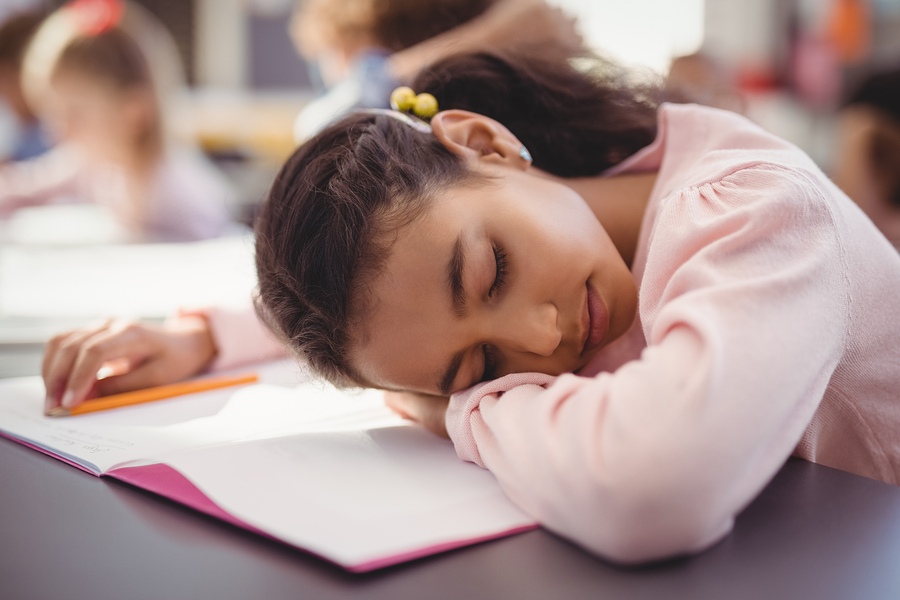


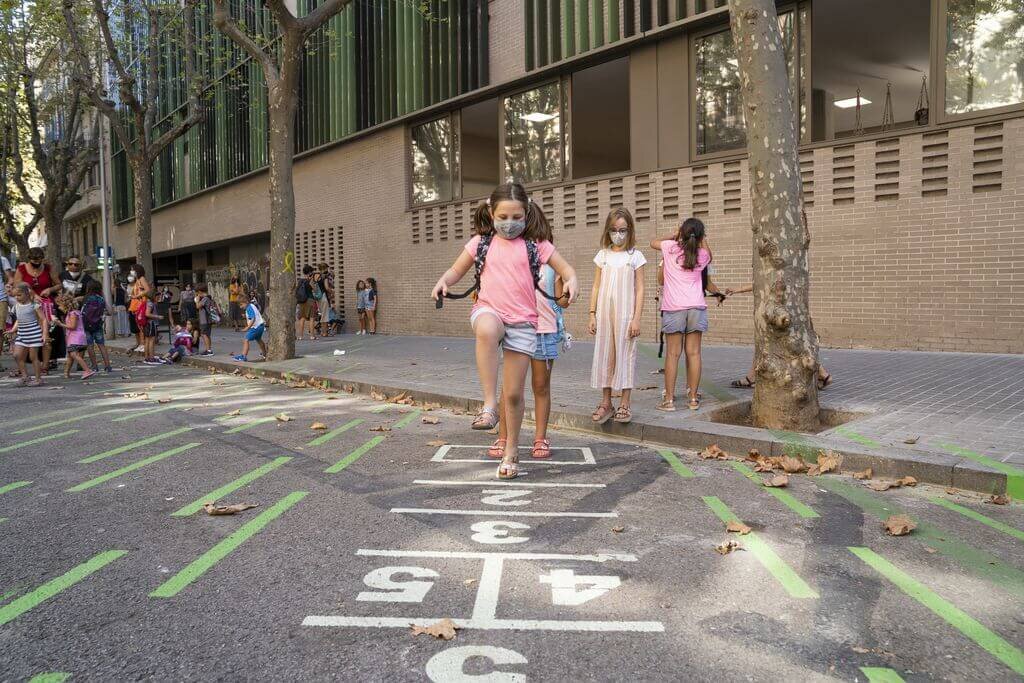

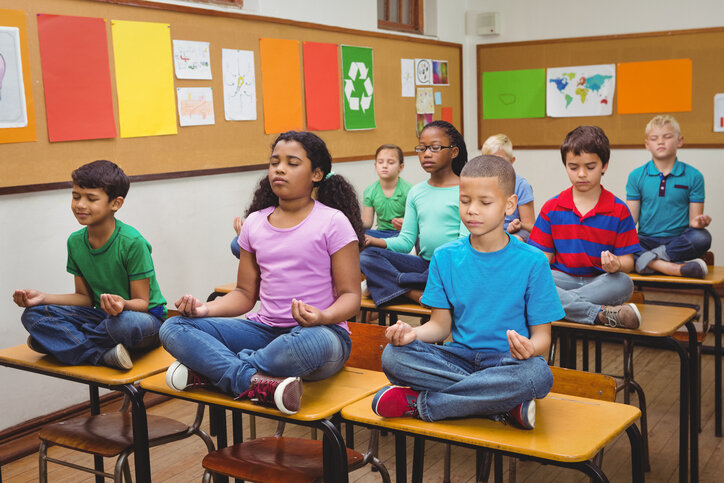

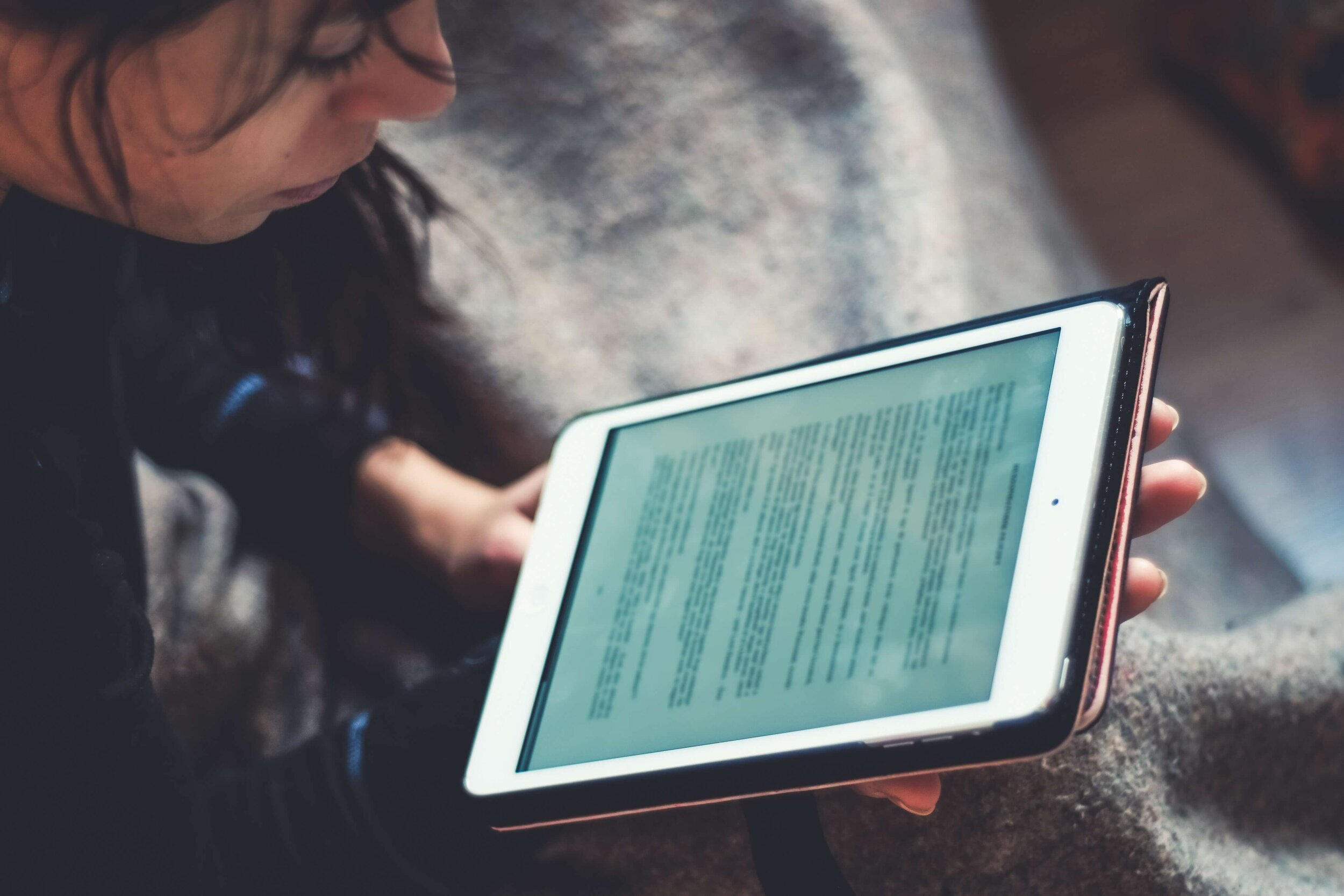

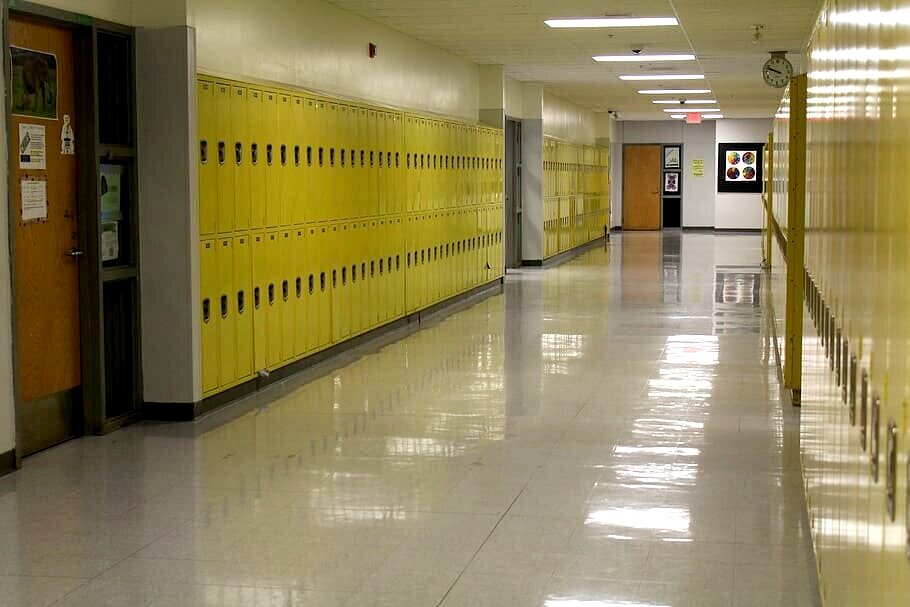
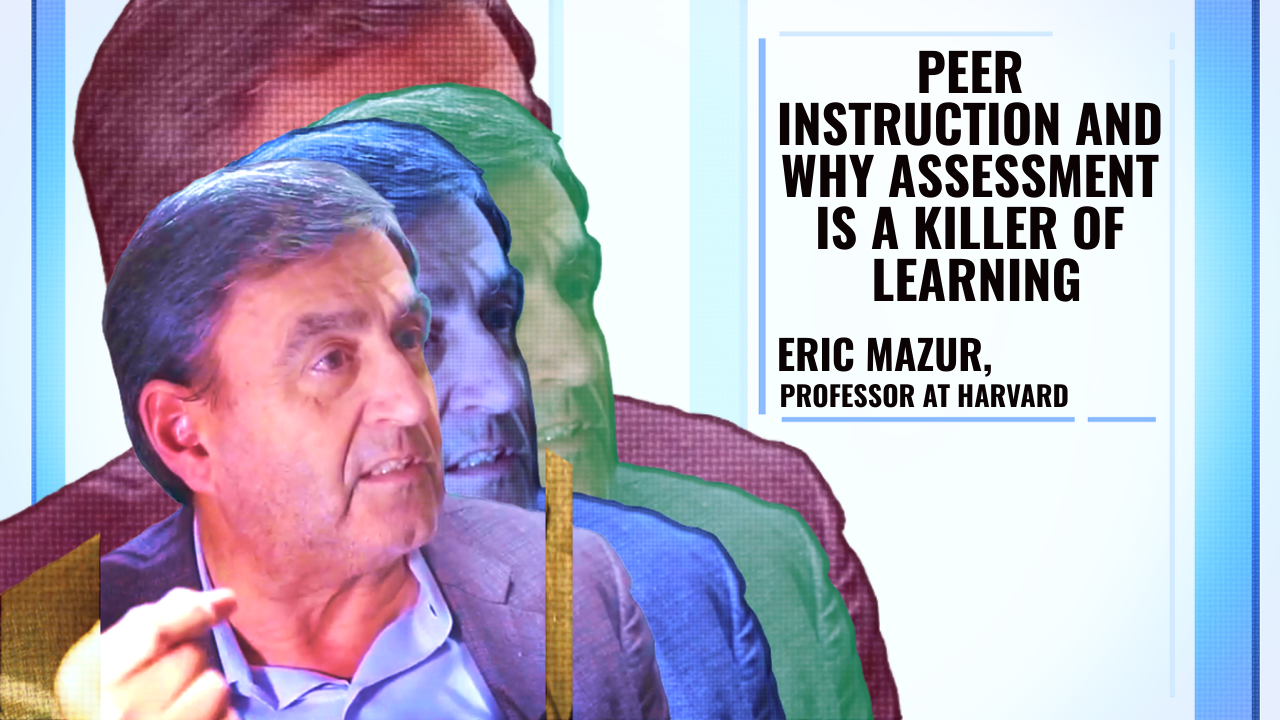
)
Andrés García Barrios
Andrés García Barrios
Andrés García Barrios